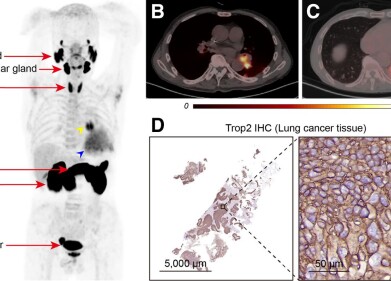News & views
Major role for Andor Frame Transfer Cameras in the Search for Minor Planets and Supernovae
Nov 02 2010
Four highly sensitive frame transfer CCD cameras from Andor are helping Chinese astronomers scan the night sky above the South Pole for faint, transient sources of light, such as supernovae, gamma-ray bursts and minor planets.
Each of the DV435 1k x 1k cameras records the light captured by four separate 14.5cm Schmidt-Cassegrain optical telescopes that form the Chinese Small Telescope Array (CSTAR). This has been deployed on Dome A – the highest point on the Antarctic plateau. CSTAR operates totally robotically, and is part of the PLATeau Observatory (PLATO) – an automated, selfpowered astrophysical site testing observatory developed by the University of New South Wales (Australia). Dome A is an ideal site for high-resolution imaging since its extremely cold temperatures means very low levels of both
background infrared and water vapour content.
As three of the telescopes have specially chosen filters, and one is filter-less, CSTAR can produce a very data-rich photometric catalogue as it records the night sky. During field trials, more than 10,000 sources of light, down to ~ 16th magnitude, were successfully detected during each 30-second exposure.
Frame transfer technology is perfect for this application since it does not require a mechanical shutter – a pre-requisite for troublefree operation when temperatures can fall to - 80oC.
In Andor DV435 frame transfer CCDs half the chip is covered by an opaque mask for image storage, and the other half exposed to the signal. This allows for rapid acquisition of sequences of image data at the peak quantum efficiency of ~ 95%. As soon as one frame is exposed, its charge is shifted to the masked area. While the masked frame is being read out, data are still being acquired for the next read
out. With no shutter, there are no mechanical delays. In the CSTAR set up, each pixel on the 1k x 1k Andor cameras equates to about seconds of arc allowing for fine and systematic scans of the night sky.
Digital Edition
Lab Asia 31.6 Dec 2024
December 2024
Chromatography Articles - Sustainable chromatography: Embracing software for greener methods Mass Spectrometry & Spectroscopy Articles - Solving industry challenges for phosphorus containi...
View all digital editions
Events
Jan 22 2025 Tokyo, Japan
Jan 22 2025 Birmingham, UK
Jan 25 2025 San Diego, CA, USA
Jan 27 2025 Dubai, UAE
Jan 29 2025 Tokyo, Japan



















